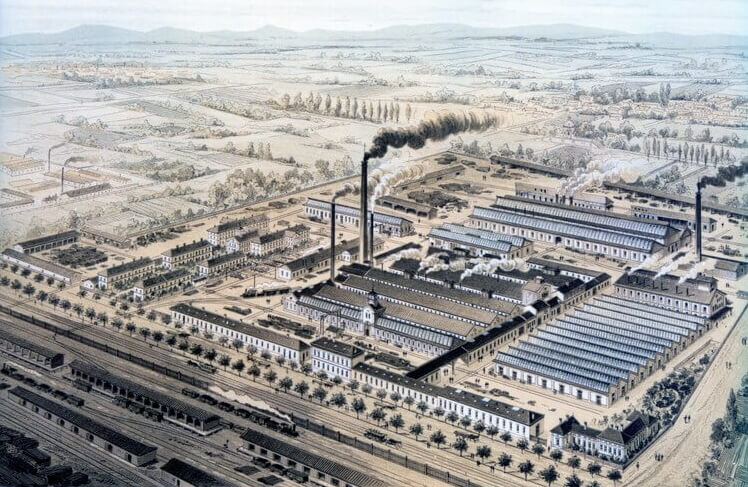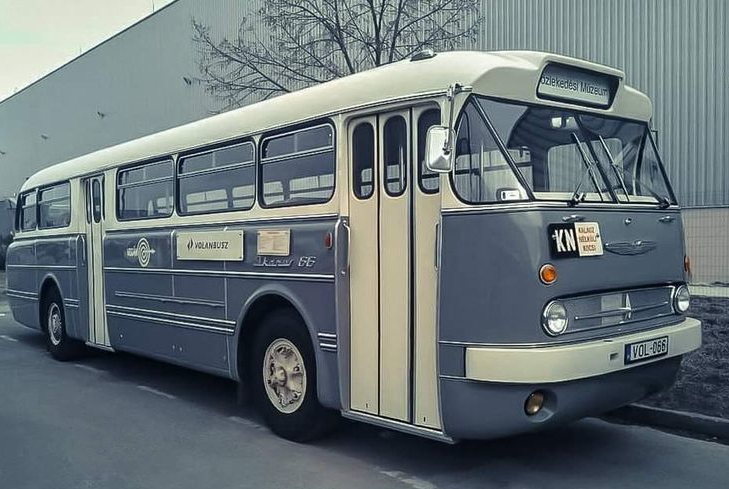1979 - The "combined" upload - 2
A revolutionary Hungarian patent in practice
1979 Augustand Novembertwo papers on the same topic were published in the Car Engine in which, as time proved, the truly revolutionary Hungarian patent, the combined filling, was reported. The first article reports on the device, which was already proving its worth in practice - in the ALPINE built on the basis of the BMW 528i - while the second one goes into detail about the technical content of the construction. As it is more logically and historically justified, the articles are republished in reverse chronological order.
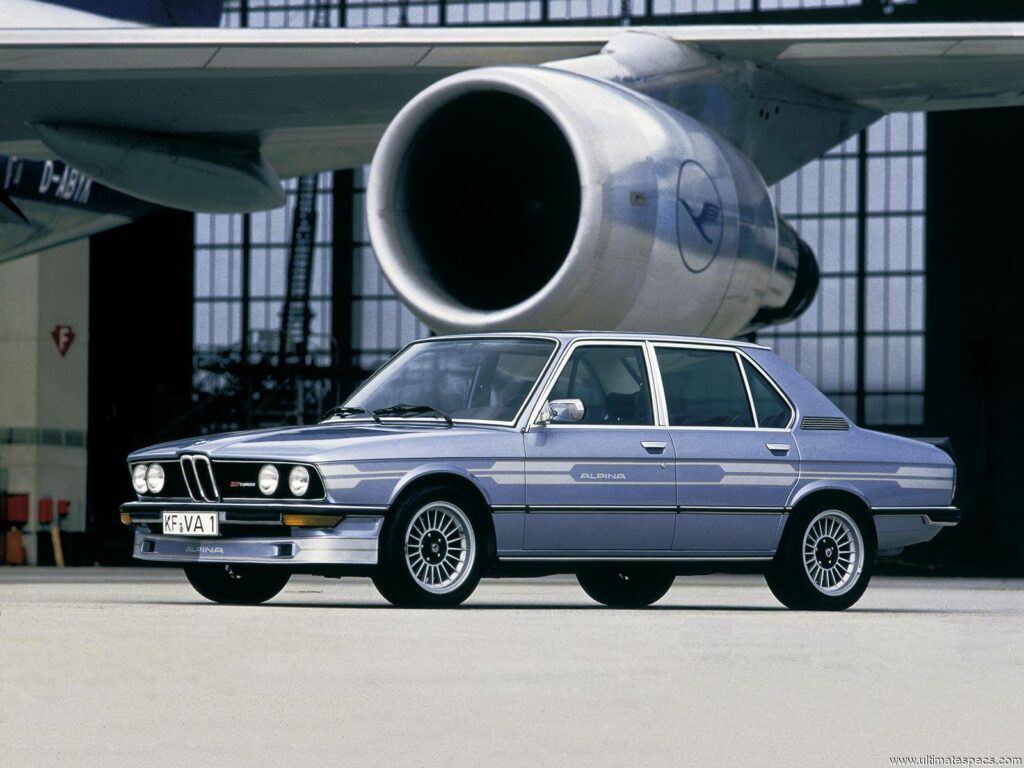
BMW/ALPINA B7 TURBO Image source: www.ultimatespecs.com
Below is the previously published but still numbered number two piece of writing on the "combined filling" protected as a Hungarian patent.
The work of August 1979 the author -ky- signed with his monogram.
♠
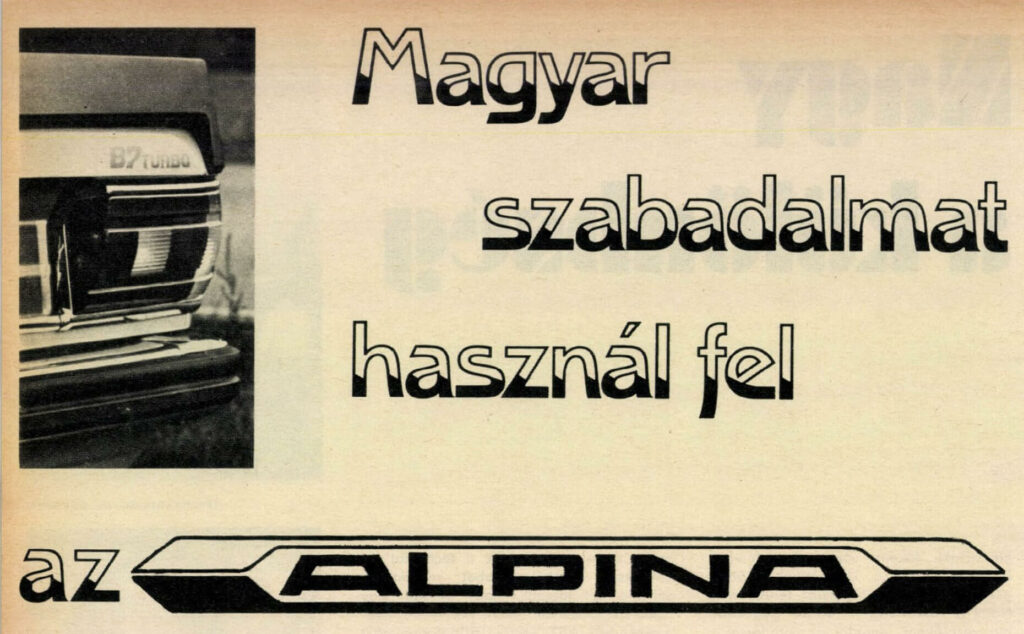
It's not just motor sports enthusiasts who know the Alpina name. Touring races, major rallies, and challenging mountain tracks are often marked with BMW Alpina badges.
The renowned technical team of tuning artists, led by Burkard Bovensiepen, transforms 200-300 of BMW's top production models into high-performance vehicles for its discerning clientele every year.
THE LATEST INNOVATION IS THAT THE TOP MODEL OF THE ALPINA IS MADE USING A HUNGARIAN INVENTION, THE COMBINED FILLING.
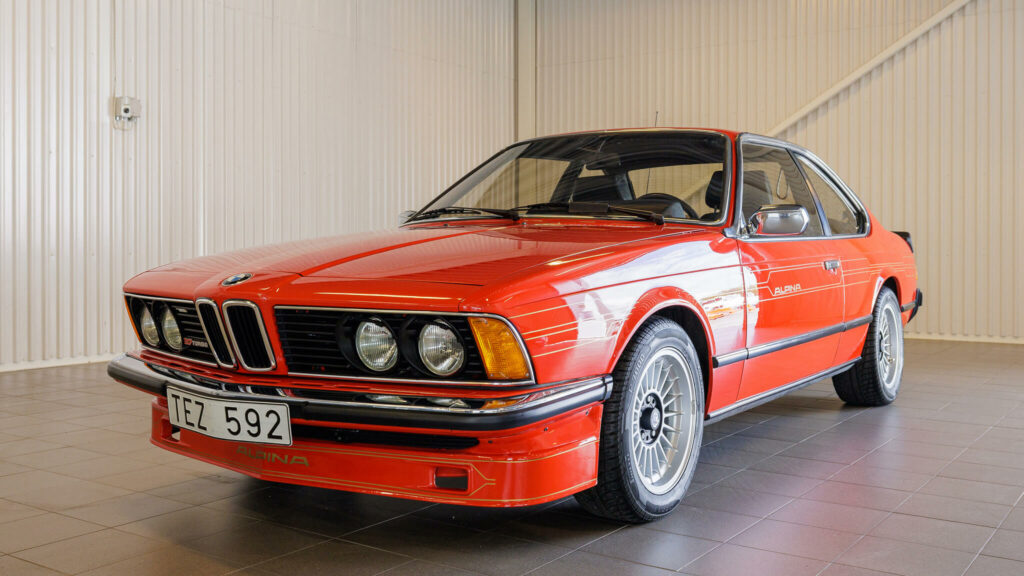
BMW/ALPINA B7 TURBO COUPE Image source: www.biddershighway.com
The daily press has already reported that several leading foreign truck manufacturers have bought the licence to the patent of the Automotive Research Institute, or AUTÓKUT, and its principle, mainly used in high-performance diesel engines. These engines use the process to reduce smoke and other pollutant emissions, achieve substantial fuel savings and improve vehicle performance.
Our schematic diagram illustrates how the process works in principle. Instead of a conventional intake manifold, a resonance system connects the turbocharger to the engine. This system is tuned for low engine speeds and thus provides excess air at the most critical speed by amplifying the air movements generated by the piston.
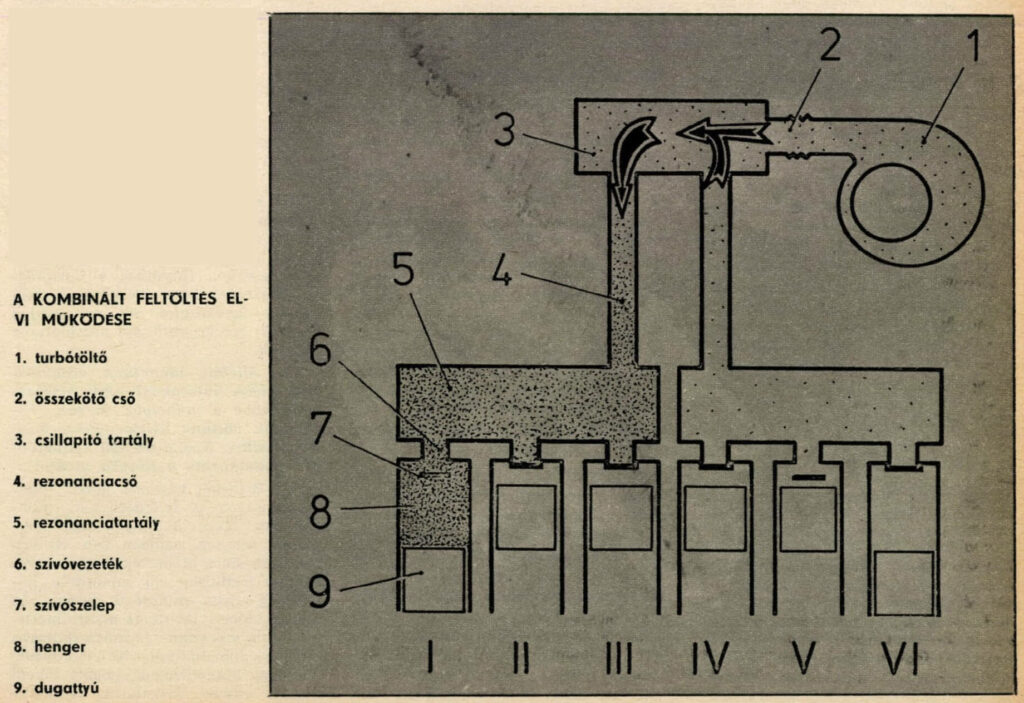
Alpina was the first to apply this principle to petrol car engines. The factory's chief designer at the time, Dr Fritz Indra, who has since become AUDI-NSU's senior development manager, told a West German motoring magazine that he was initially reluctant to believe in the process, but after seeing the results on the test track he felt he had come across something of great significance.
According to our information, more truck and car manufacturers will soon join the ranks of those using the procedure. The editorial team of Autó-Motor will return to this subject and we will soon be able to give a detailed technical description of this important Hungarian invention, including details of the factories that have used the process.
IN THE MEANTIME WE QUOTE - SOME WORDS AND FIGURES FROM THE AUTOZEITUNG'S TEST & TECHNIK COLUMN:
The engine in the Alpina B7 Turbo car, which the company is building by rebuilding the BMW 528i, develops 220 kW (300 hp) at 6,000 rpm, which equates to 74 kW (100 hp!) per litre.
So it's not surprising to see that the car can accelerate from 0-100 km/h in 6 seconds with a total weight of 1935 kg and reach speeds of more than 250 km/h. Even more interesting is the fact that at 100 km/h the fuel consumption is 11 LITERS, albeit of course from extra petrol.
These figures, these facts, show that it is a technically balanced construction. But we have to admit that the excellent results are not only due to the combined supercharging, but also to the electronic ignition, the special injection, several other technical innovations and the careful tuning work.
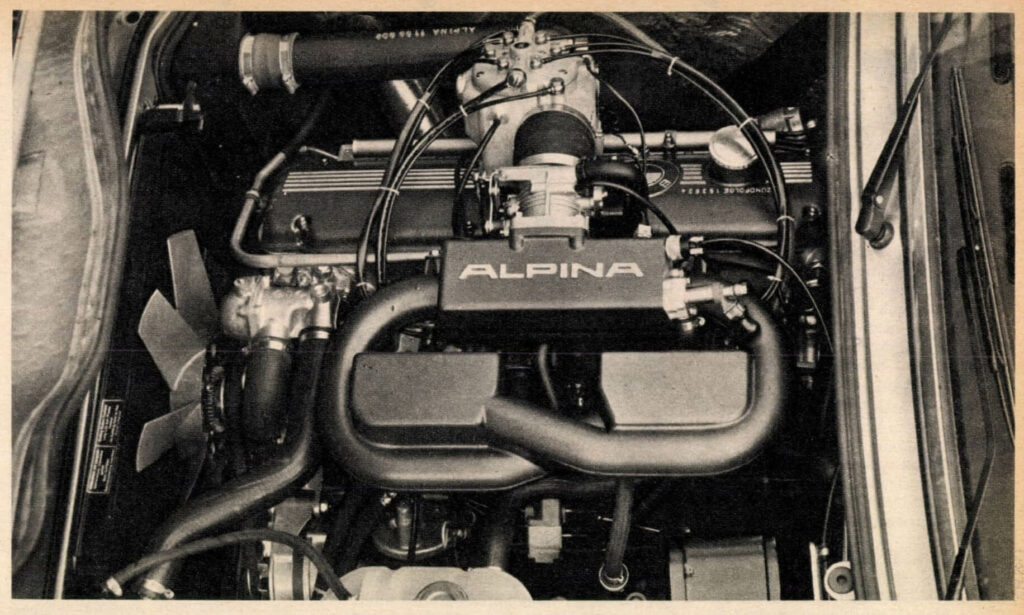
The inline six-cylinder, 2986 cm, 80 mm bore, 89 mm stroke, 7:1 compression ratio inline six-cylinder engine in the BMW/ALPINA B7 TURBO car, which uses the Hungarian invention of combined supercharging. Thus, this engine is capable of developing 185-220 KW, i.e. 250-300 HP, depending on the variable boost pressure.
Yet the experts who carried out the tests and measurements attribute some of the outstanding features of the engine and the car to the Hungarian invention. In their opinion, the fact that the B7 Turbo Alpina's engine reaches peak torque at 2500 rpm means that it has an extremely favourable power reserve even at low revs.
There are also views that other car manufacturers will soon introduce the Hungarian process in their various car models because the flexible engine, with its low-speed reserve, increases driving comfort, requires less back-shifting and reduces fuel consumption.
Given the fact that the Alpina's designers started with an already excellent petrol engine, it is obvious that this invention is even more urgently needed for the ever more widespread diesel passenger car engine.
Well, that's it in a nutshell, but as mentioned above, AM will soon return to this momentous invention, the brainchild of several Hungarian engineers.
-ky-

